Words: Adrian Hatwell
Images: Manja Wachsmuth
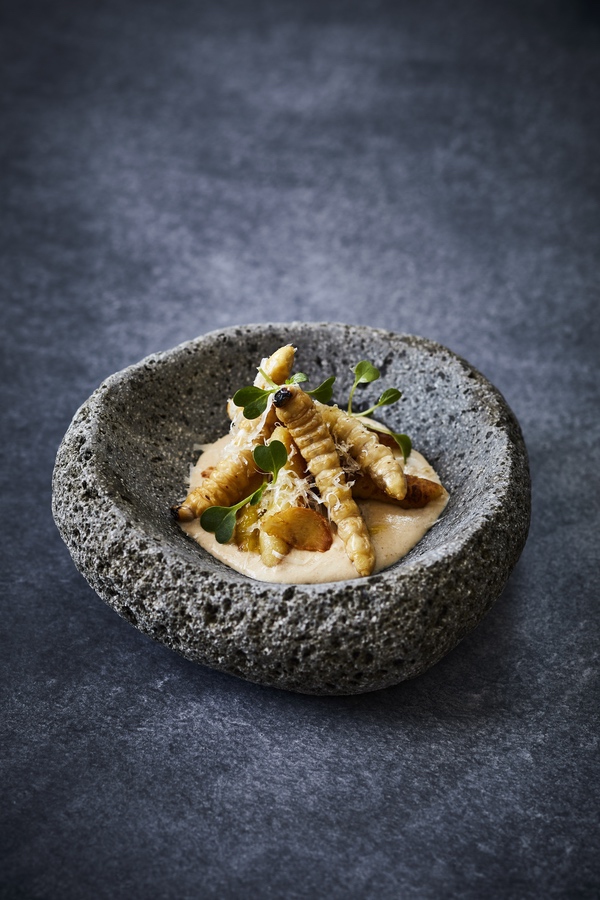
Hiakai by chef Monique Fiso (Nga Rauru, Ngati Ruanui) is a uniquely impressive book. For one thing, you won’t find many other cookbooks for sale at national art galleries. Then again, Hiakai is much more than a cookbook; it’s a thoroughly researched history of Maori food traditions; an encyclopaedic guide to the foraging, usage, and tikanga of indigenous ingredients; and a fascinating translation of intergenerational knowledge onto the international fine dining stage. It is also breathtakingly illustrated by Auckland food photographer Manja Wachsmuth. Originally from Denmark, where she began her career with a commercial photography apprenticeship, Manja travelled to Australia before setting up her photography business in Aotearoa 12 years ago. In that time she has established herself as one of the country’s most-respected food photographers, shooting food, recipe, and editorial imagery for many leading national magazines, as well as significant commercial campaigns. Working alongside chef Monique to shoot Hiakai required many of the photographer’s skills to be woven together in order to tell this ambitious story of kai Maori, and the project presented a healthy dose of professional challenges. The resulting publication is a true taonga, but Manja will be the first to admit that it did not come easy. Looking back on this momentous project, Manja shares some of the trials and triumphs of bringing her vision for Hiakai’s visual language to life.
The photographer’s involvement on Hiakai came about the same way as so many great collaborations do: by taking a punt and reaching out. Having spent some years honing her cuisine credentials in Michelin-star restaurants overseas, chef Monique returned to Aotearoa in 2016 and began running her innovative Hiakai pop-up dining experiences at various spots throughout the country. Her homecoming caused excitement in the press and brought her to Manja’s attention. “I thought she’d be a really cool person to work with and do a story about for a Norwegian food magazine I had been trying to work with,” the photographer recalls. “I actually approached her and asked if she would be keen [for me] to shoot some photos of her and do a story on her for this magazine.” The foreign publication was on the hunt for exciting female chefs and jumped at the chance to feature Monique’s food as captured through Manja’s lens. Monique’s pop-up series would soon evolve into a Wellington-based restaurant — also called Hiakai, meaning hungry in te reo — soon to become a darling of the local food scene, along with a publisher offering a book deal. Having enjoyed working with Manja on the magazine article, Monique knew who she wanted shooting the book. Thus the photographer was called upon to help produce “a really significant piece of New Zealand food history”.
For the visual elements of Hiakai, Manja was very much the expert; for others, it was her task to follow those who knew. While the photographer is an adept and ambitious creative when it comes to food and imagery, as an outsider to te ao Maori — the Maori world — much of the indigenous knowledge inherent in Hiakai went beyond what she could hope to access. “Those aspects were very much led by Monique. I was very aware of having to be respectful,” she explains. “It was important to me, but I was relying on her to teach me or tell me if I was doing something I shouldn’t be doing.” As a chef, Monique was on her own journey of investigation and discovery in the expansive arena of indigenous kai knowledge. As the research was still being conducted as the book was being developed, Manja recalls certain images having to be revisited or removed as they became irrelevant to the narrative. “I am under the understanding that I was picked to shoot this book because of my skill and vision as a photographer and my interest and insight into food and the ambition Monique had,” Manja says. “I believe that anyone should be chosen for a job because of their skill and suitability and not because of their race or gender.” As such, Manja was very confident in leading with her aesthetic vision, over which she was given free rein. Having initially developed her practice in Denmark, Manja has been influenced by the rise of acclaimed chef René Redzepi, his famous restaurant Noma, and the distinct approach to photographing the locally sourced Nordic ingredients involved. Sensing clear echoes in the way Monique was operating, Manja knew she was in an ideal position to develop Hiakai’s visual expression. “I wanted to pull out some of Monique’s rawness and drama,” she says. “I also wanted to depict things in a more luxurious way, because we’re talking fine dining here … even though there’s a foraging element, it still needed to have that premium look.”
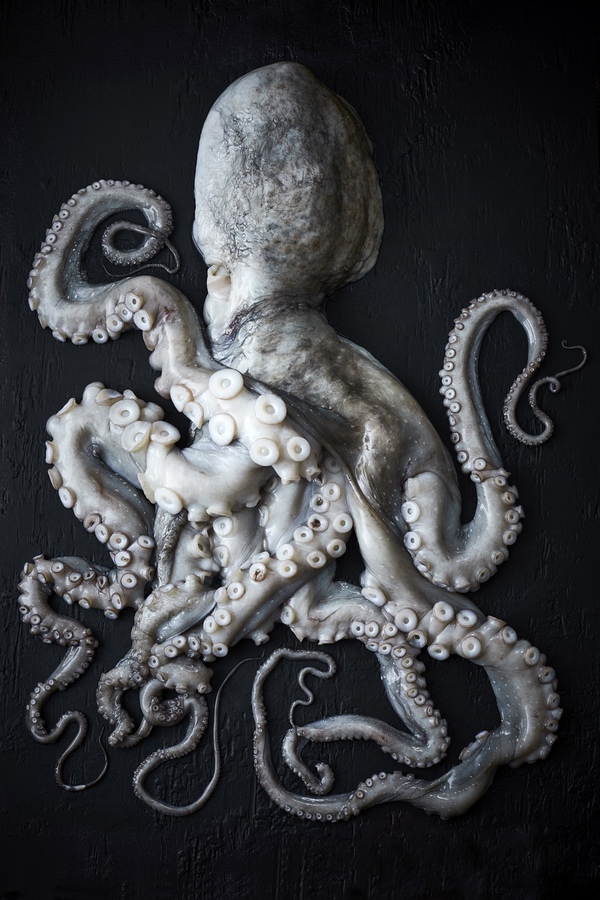

A quick glance at the work Manja has done for various food publications is all that’s needed to demonstrate why she is so sought after for recipe shoots. With Hiakai, she combined a well-honed, minimal style with the unique components of Monique’s dishes to create something special. “I thought it was important to use props and things that highlight the ingredients and let the food shine, letting Monique do her job in presenting the food in her vision. I didn’t want to clutter things with a lot of props and stuff. It needed to be really simple, with tones that make the colours pop.” Because the project had to be shot in multiple locations between Auckland and Wellington, Manja kept her set-up relatively simple in order to keep travel costs down while ensuring consistency across the images. “Just something to diffuse the light, camera gear, tripod, computer, and you find ways to make it work.” Hiakai also features images of individual ingredients, which the publisher wanted shot akin to an “encyclopaedia style directory”. To Manja, this conjured up examples of beautiful illustrations against a clinical white background — nice for hand-drawn images but a little too much like clear-cut catalogue shots for a project of this stature. The solution was simple: go black. “I thought, ‘The background is not important; what’s important here is the produce and ingredients’. I wanted the background to just sort of float back into nothing and get these things popping out in three dimensions.” The resulting floral portraits would not look out of place hanging on an art gallery wall. One element of Hiakai’s imagery that did take Manja out of her usual wheelhouse were the environmental portraits of Monique in the field, traversing the whenua, and demonstrating proper foraging techniques. The photographer says that, prior to the book, she seldom shot in this mode but knew it was important to the project’s storytelling power. It has since become a prominent new pillar in her practice. “I really enjoy photographing people in their element, doing what they do.”
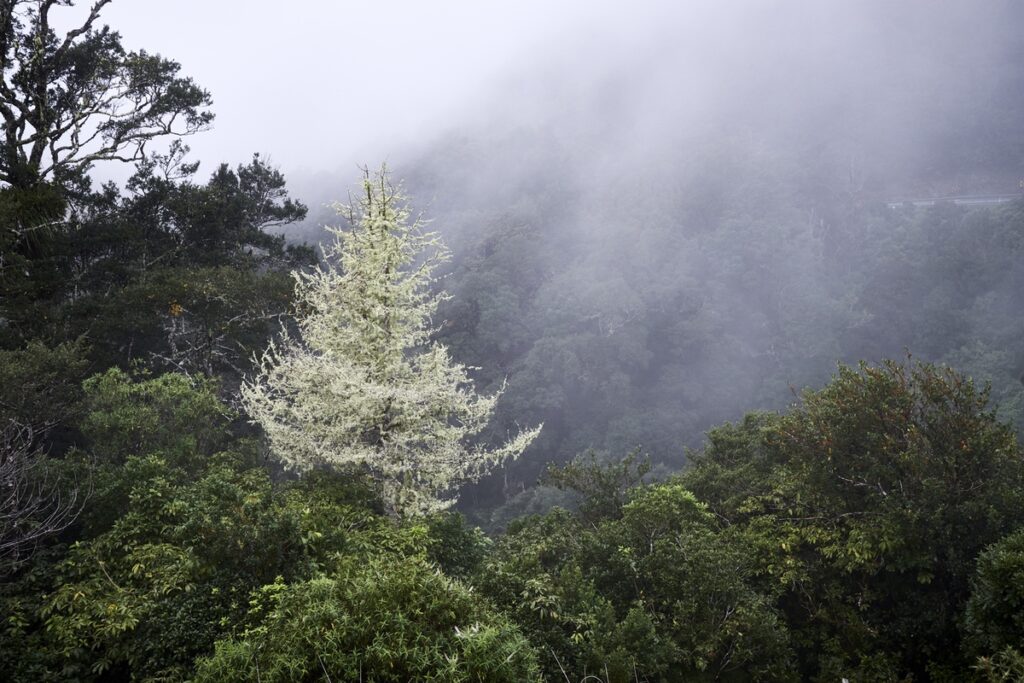
Every project presents its shares of challenges and unexpected hurdles, and Hiakai was no exception. The publisher was so excited by the project that the book work began before Monique had fully wrapped up her research, while she was in the throes of opening the Hiakai restaurant in Wellington. This made for some interesting logistical trials for Manja. Splitting the work between the two cities meant the photographer’s entire travel budget was spent on flights and postage for getting the necessary props to and from shoot destinations. This left no room for additional expenses — luckily Manja was able to call on fellow photographer Amber-Jayne Bain for help in that department. “We got to know each other through Christina Force’s photographer boot camp, which we were both doing at the same time. Amber-Jane offered to help with the book shoots and for me to stay with her, because there was no budget for hotel rooms and assistants and things like that.” Early on in the project, Manja became pregnant with her second child, so the additional support on shoots was highly appreciated. She had planned to go on maternity leave on the day of the book’s deadline, but a number of complications eventually led to delays — and a baby’s due date is one deadline that simply can’t be pushed back. It became physically impossible for her to finish the book, so Amber-Jayne stepped in to get the final elements over the line — something Manja found a “really hard pill to swallow” at the time but which served as a foundation for a strong friendship between the two photographers. “It’s one of those things where you look at something that was really hard and you think, ‘Actually, it all worked out in the end’,” the photographer reflects. “It’s an important thing to keep in the back of your head when something is hard — just work through it gradually and know it will work out, it will be OK, it will be what it will be.” In the case of Hiakai, what it would be is a singular, beautiful, important book of which every collaborator can be immensely proud.
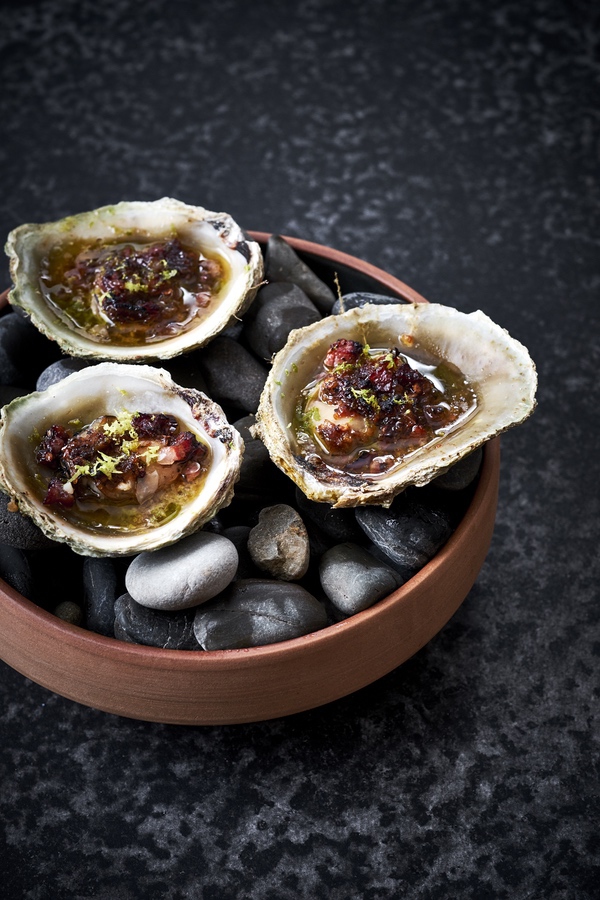
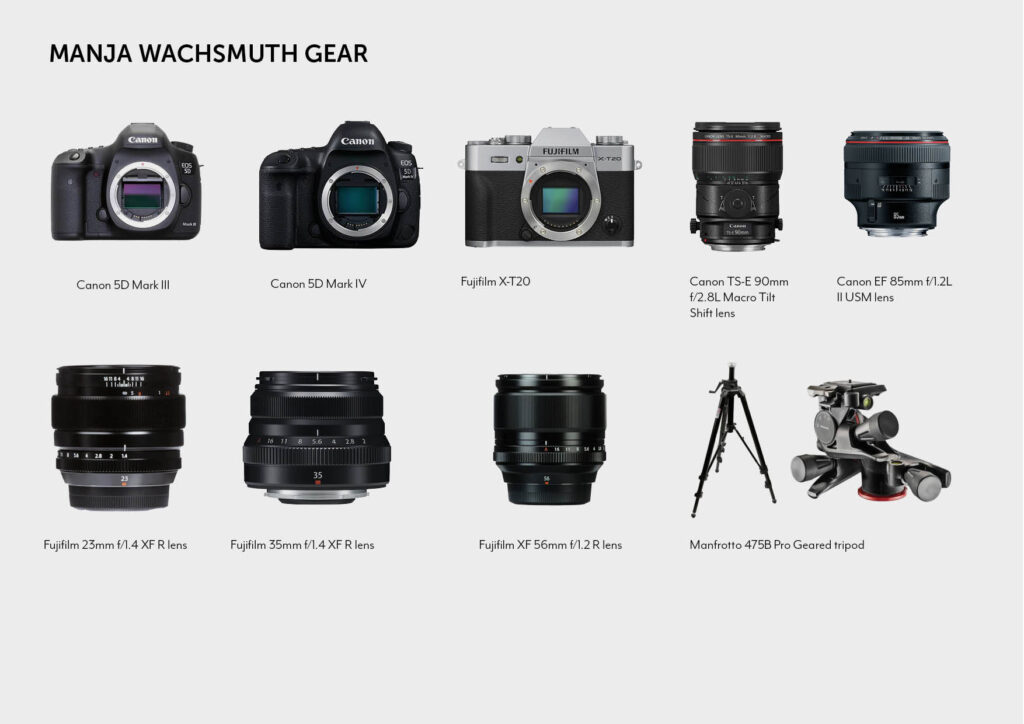
To see more of Manja Wachsmuth’s work, visit manjawachsmuth.com; for more on Hiakai, head to hiakai.co.nz.
Copyright © 2025 Federico Monsalve Limited. All rights reserved.